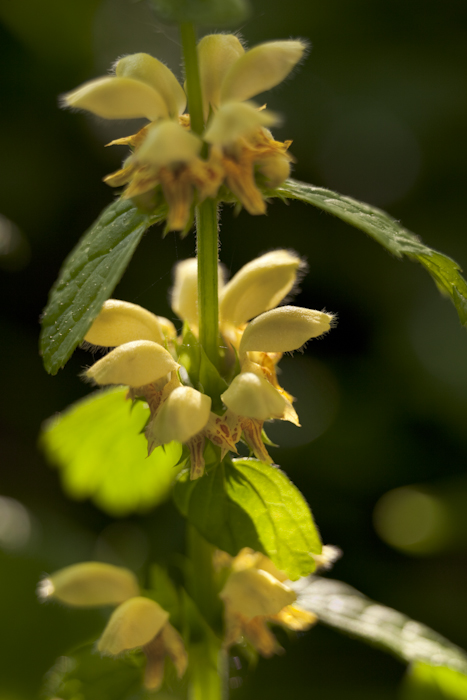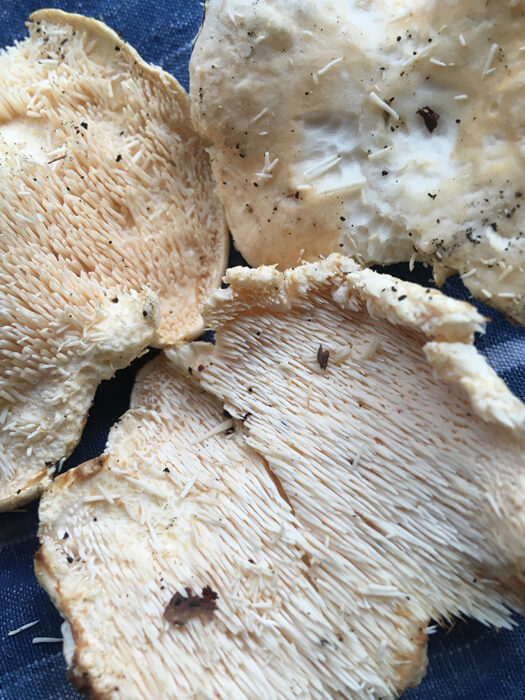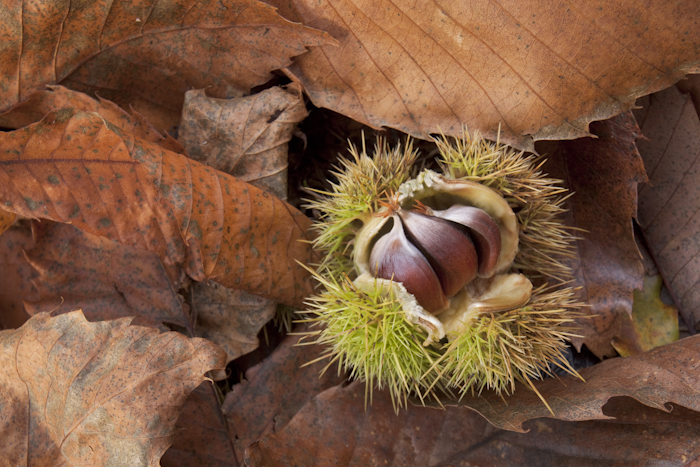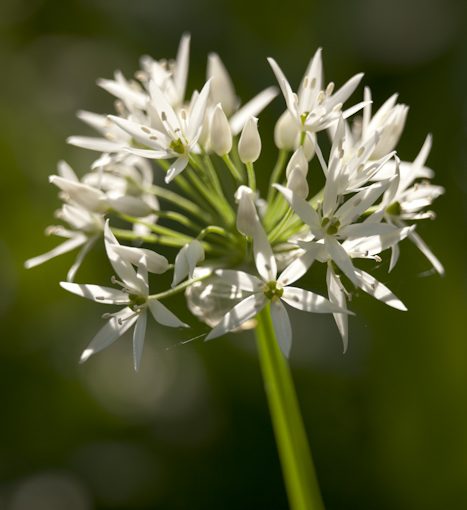Recently I was invited on BBC Radio Sheffield to talk about the reasons for getting out and about during the winter months. In this interview I describe the appearance of the earliest flowering tree species that are commonly found in woodland, plus some of the more distinctive tree buds that can be seen in mid-January.
We also discussed the value of slowing down to observe nature and of taking the time to learn plant names as a way of making connections with the natural world.
Listen from 2hrs 39 to 2hrs 49.
Tag: #sheffieldwoodlandconnections
Sheffield: so close to nature
The folks over at Green City Heritage have been busy editing together this short film about Sheffield’s environmental heritage. In it you can meet some of the people who are advocating on behalf of trees throughout the city. This includes a small contribution from me in my Sheffield Woodland Connections role.
From spreading the appreciation of historic trees and ancient woodland to helping kids to plant new ones, there is a lot of love for trees in Sheffield.
Hedgehog mushrooms in Ecclesall Woods
This month has been a good one for mushroom collecting and these hedgehog fungi were foraged in Ecclesall Woods in mid-November, which is considered quite late in the year for this species. Hydnum repandum is one of the easiest fungi to identify as it has teeth or spines instead of gills.
They have an irregular convex cap with a slight wavy margin and appear ghostly pale against the browns and oranges of fallen leaves, which often half bury them due to their short stature. It always pays to look down at your feet when walking in the woods – in fact many of the ones I collected looked as if they had been kicked, whether purposefully or not.

Known as the wood hedgehog, wood urchin and sweet tooth, a mushroom that goes by this many names is usually either tasty or poisonous, otherwise there is little reason for it to be given much regard. Fortunately in this case it is due to its deliciousness, it is both sweet and nutty, and has a pleasant texture.
It is among the gourmet mushrooms that are sometimes seen in shops come late summer but never in great quantity. Only gather ones that are still creamy coloured, being careful to cut the stem low down to avoid damaging the mycelium that connects them to tree roots. Like all wild mushrooms, they should be cooked through before consumption.
They can be confused with the edible terracotta hedgehog, H. rufescens, which is aptly named for its warm brown colour, and the bitter tooth, Sarcodon scabrosus, which some regard as poisonous. In the latter case, the colouration is a much darker brownand tastes highly unpleasant.
As always, do not be tempted to use this visual description alone as a definitive ID for collecting fungi. The smell is important: it will have an earthy yet agreeable aroma. If in doubt, make a spore print – this will be white.
A triptych of chestnuts
Although it is quite late in the season to be foraging for sweet chestnuts (Castanea sativa), there were still a good number of edible nuts to be found during the first week of November. Ecclesall Woods is my favourite location for harvesting these delicious nuts. There are many large sweet chestnut trees in the woods, many of which were planted in the 1850s.

Sweet chestnuts are actually a Southern European species that were introduced into the woods as a fast growing alternative to native oak, with which it shares a high tannin content. This makes it a durable timber suitable for uses where a degree of water-resistance is required.
Luckily for us, many of these trees are now large specimens that produce an abundance of delicious nuts. Sadly some sweet chestnuts in Ecclesall Woods have been affected by Phytophthora aka ink disease on account of the dark spot-like stains that are seen on some trees, notably on beech. It is harder to see the early stages on the rough-barked chestnuts.
Should you go looking for chestnuts, remember to leave some for the wildlife. When gathering these I saw not one but two wood mice lurking in nearby brambles – it is not just the squirrels who like a nibble. Only take the big and firm nuts. If they are soft they are past their best; too small and they are a pain to shell.
Ecclesall Woods: A Virtual Exploration of the ‘Spring Wood’
A couple of weeks ago I teamed up with Green City Heritage to make this fab short film, in which I talk about the veteran trees of Ecclesall Woods. Come and meet these pieces of living history and learn how to recognise their special qualities.
Film shoot at Sheffield General Cemetery
Yesterday morning I had the pleasure of contributing to a new film being made about the landscape, nature and history of Sheffield General Cemetery. Naturally I was there to talk about trees, and talk I did – for two and a half hours! All of which will be edited down to a five segment.

On Sandford Walk, under the shade of a beech 
Admiring an Oriental plane, a rarity
It was a real honour to be asked: the General Cemetery rates highly on my list of places to appreciate urban woodland and it is large enough to contain ‘wild’ patches that function as wildlife habitat.
The film will be launched at Heritage Open Days 2020, which I’ll be posting more about later.
Woodland Wanders with Sheffield Woodland Connections for Sheffield Tree Week
Sheffield Tree Week starts today and my contribution to the festival is this short film that I recorded over the weekend while walking in the wonderful Ecclesall Woods, the city’s largest woodland.
At this point in the summer the tree canopy is at its most dense and many woodland wildflowers have long since flowered. However there are a few midsummer highlights including: bramble (Rubus fruiticosus), honeysuckle (Lonicera periclymenum) and enchanter’s nightshade (Circaea lutetiana), all of which are in bloom. Plus ripe and juicy raspberries (Rubus idaeus) where the light levels are higher.
Also included within this video are tips for identifying: hornbeam (Carpinus betulus); larch (Larix decidua); Scot’s pine (Pinus sylvestris) and rowan (Sorbus aucuparia).
Visit the Sheffield Tree Week website for more information.
Sheffield Tree Week 13th to 18th July 2020

Join the city’s week long celebration of trees and woodland. Although the Tree Fayre cannot take place as planned this year the festival has instead gone online. Sheffield Tree Week will include contributions from local and national figures that work with, and are inspired by, trees.
You will be able to participate in a series of webinars with speakers from the world of arboriculture and forestry, plus artists and nature educators. There will also be talks from community groups about their activities and their plans for the city’s trees.
Visit the website for more information.
A short film for 2020’s Urban Tree Festival
Last Wednesday met up with Green City Heritage to make a short film for this year’s Urban Tree Festival. In it we explore the urban woodland within Sheffield General Cemetery, observing appropriate physical distancing guidelines by using a selfie-stick! We are so fortunate to have this fine mature woodland, with many an interesting species, within walking distance of the city centre.
Despite the urban setting the cemetery is a biodiversity hotspot and is popular with both wildlife and people alike. This is why I have chosen to add this location to my list of places for leading guided walks, which I hope to resume later this year.
Celebrating the Moss Valley Nature Reserve
A couple of weeks ago I had the privilege of spending two early mornings in the Sheffield and Rotherham Wildlife Trust’s Moss Valley Nature Reserve. In this protected landscape it is possible to see a range of wildflowers growing together in such density that it has to be seen to be believed. The site is a mixture of semi-natural and replanted ancient woodland and features plants such as red campion and yellow archangel that are far from common in this part of The Pennines.
These are the photographic highlights of the wildflowers you will find growing in Owler Car Wood in early May. For more botanical and tree photography visit: fran-halsall.co.uk














